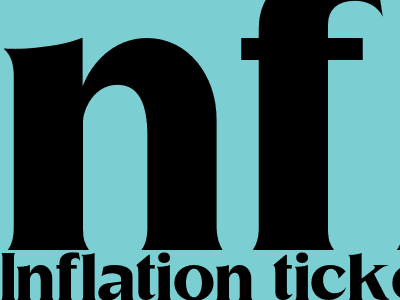
Inflation ticked up to 2% in October after previous month's steep drop in gas prices
What Happened?
Inflation in the U.S. increased slightly to 2% in October as measured by the consumer price index (CPI). This follows a decline in September, when a steep drop in gas prices helped to cool inflation. This was the first month since April that inflation has ticked up.
According to the U.S. Bureau of Labor Statistics, the CPI jumped 0.4% in October compared to September, the largest increase since January. The index is up 2.1% over the past 12 months, the largest annual rate since February.
Why Does It Matter?
Inflation is a key economic indicator that measures the average change in prices for goods and services over time. A moderate level of inflation is generally considered healthy for the economy, as it can indicate that prices are rising at a sustainable pace. However, high levels of inflation can erode the value of savings and make it more difficult for people to afford basic necessities.
The Federal Reserve has set a target inflation rate of 2%. While October's reading is still within that target range, it is close to the upper limit. If inflation continues to rise, the Fed may raise interest rates to cool demand and bring inflation back down to its target.
What's Next?
It is too early to say whether October's increase in inflation is the start of a new trend. The Fed will closely monitor inflation data in the coming months to assess whether further action is needed.